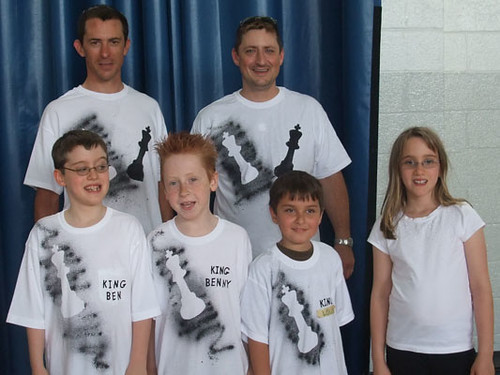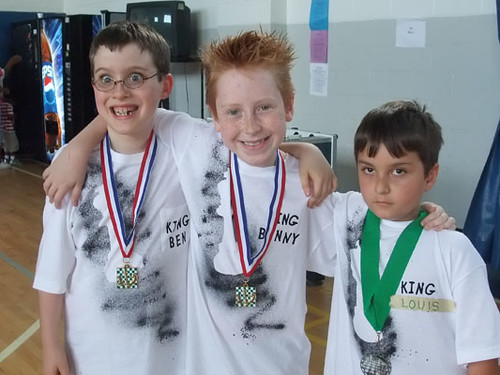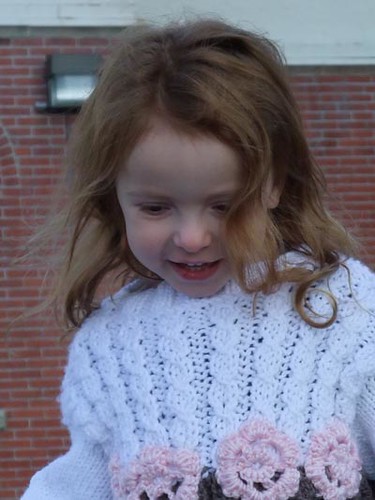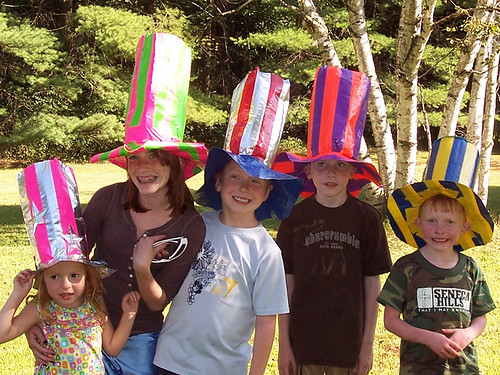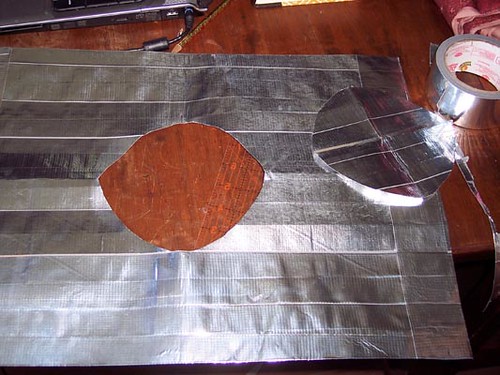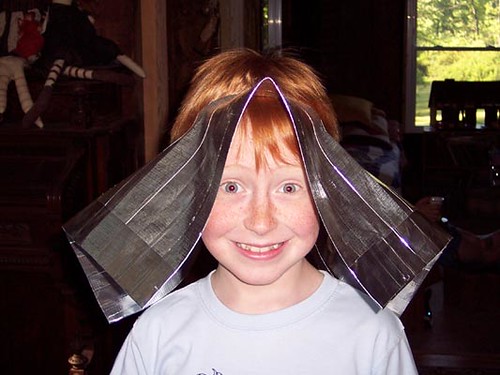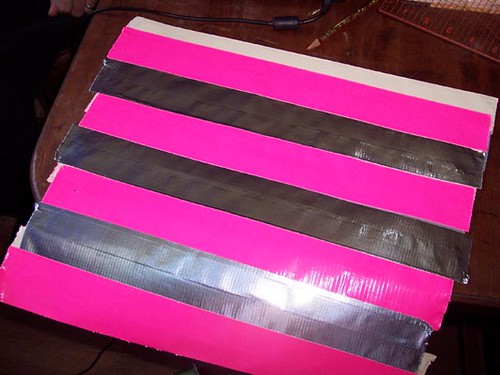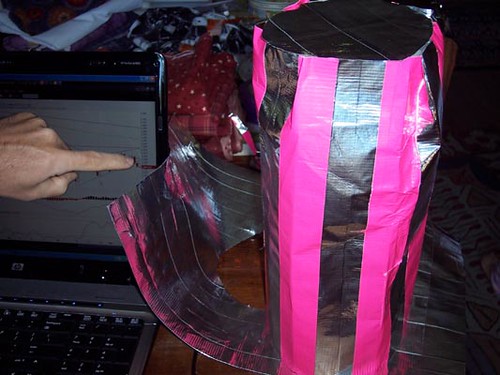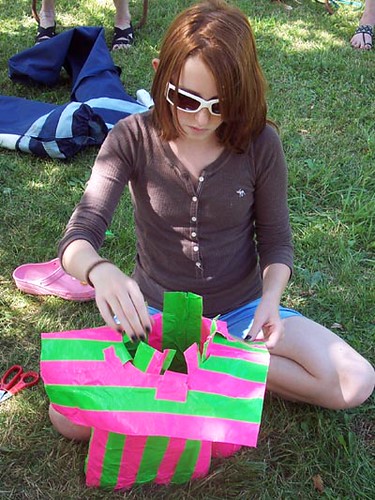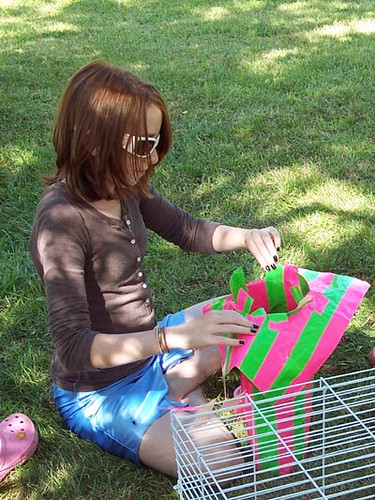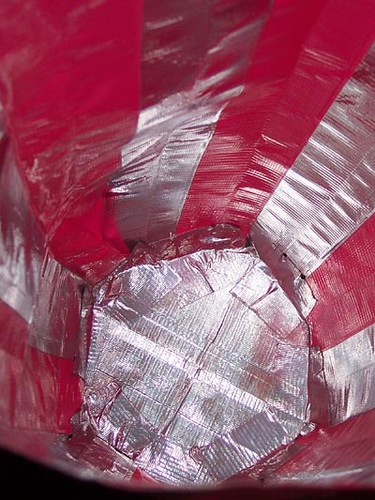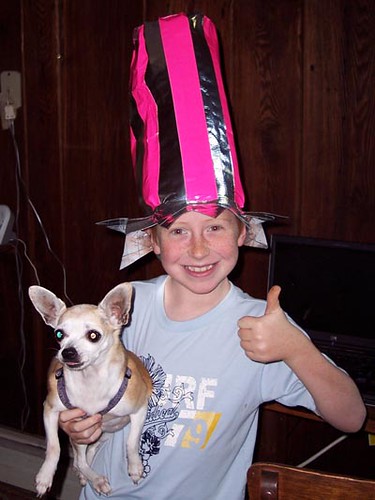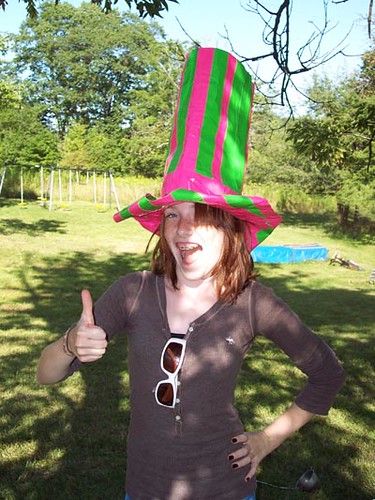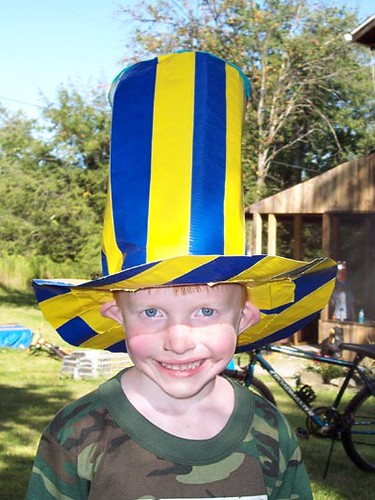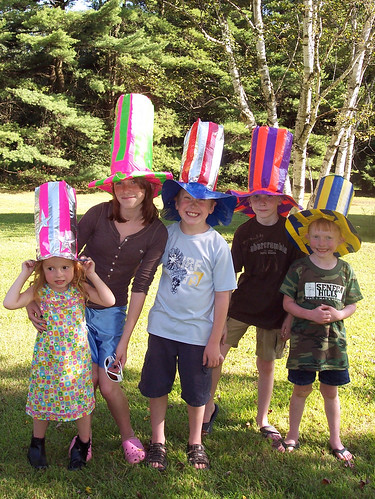A reader of this blog asked me if I had any more good practicing tips, having found my doll concert post helpful in getting her five-year-old to practice. So here is another idea which can be adapted in many situations to make practicing more fun. And here's another picture of my baby playing the violin:

The general principle here is to make the practice a physical journey that the child can visualize and experience kinesthetically. Here are several ways to do that:
1. Create practice cards with location on them. Place them around the house (or outside!) with each card giving the next location. So hand the child a card that says "Bathroom, standing on the toilet." They go to the bathroom, climb on the toilet, and play their first song. There they find a card that says "In the doorway between the kitchen and the dining room." They go there, play their next song, and there they find a card that says "Hall closet." Or whatever. If Mom is traipsing along behind to help with position and pitch, you can't go wrong. After a few times of playing this, let the child be in charge of placing the cards before practice begins. You could even let the child make the cards, place the cards, and *you* be the one who has to find the next card and listen to a piece at each location.
2. If you have, like we have, a bunch of little toy houses and buildings, set up a little journey for a favorite toy or doll. The castle, the pirate ship, the beauty salon, Barbie's house, the treehouse... whatever you have for little destinations. Say, "Now, this Polly Pocket has to go to all of these places today and at each place she's going to hear a different piece of music. When she gets back to the beginning, practice is over." At each destination, the child plays another piece of her practice, and along the way, Polly Pocket can run into all kinds of problems: becoming extremely hungry, getting tired and wanting to give up, being chased by bears, being hounded by Paparazzi, etc. When Polly Pocket gets home, the practice is over: no exceptions! Polly is exhausted. If you need a more tangible variation, have Polly Pocket deliver marbles at each location, or pick up marbles from each destination.
3. A simple, portable version of this involves a little toy frog or bee and a piece of paper, and some tiny stickers. Draw ten (or however many) lily pads (or flowers), with the names of the songs on them... you can have multiple "Minuet 1" lily pads if that one needs to be repeated. When the frog has visited a lily pad, the child can put a sticker on it or color part of it in. There should be seven stickers on each lily pad (or seven petals of the flower colored in) at the end of the week, then the child can turn in the whole thing for a reward. Moving the frog around the paper lets them keep track of their progress and gives them a sense of what's coming up.
I'm sure you can think of lots of other variations on this theme, using the idea that a violin practice can be mobile, visible, tangible, and progress can be marked in space. Be as goofy as possible, and don't worry about "Well, this is working now, but what about next week?" Next week, if you need to, you'll think of something else. Maybe that thing will involve sugar. But most likely, once your child gets accustomed to practicing "with joy" because you're turning yourself inside out to make it fun, you won't need all the bells and whistles to get a good practice. Everything goes in cycles, I have found. If you get yourself through a rough patch by pulling out all the stops with fun games and adventures, you'll find yourself on the other side with a happier child and a new attitude.












